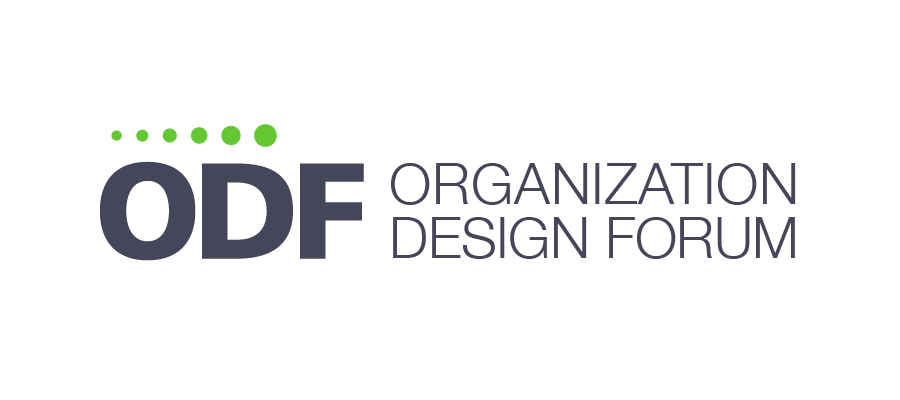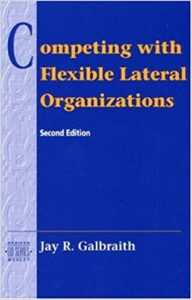Book Picks
Books that helps to define the field, and on how it works in practices, including organization design processes, case examples, tools, and methodologies.
Books primarily focused on ways to involve and engage people (e.g., clients, colleagues) in any stage of organization design, including, for example, large group meeting design approaches, ideation, etc.
Org Design Principles and Applications (10 books)

Organization Design by Nicolay Worren (2012)
The book is aimed at master-level students and professionals who want an in-depth understanding of how to deal with organizational design challenges facing large and complex firms.

Stanford, N. (2007), Guide to Organization Design (The Economist)
This guide sets out to provide insights and practical help on how to avoid the common mistakes made with enterprises set about restructuring themselves.
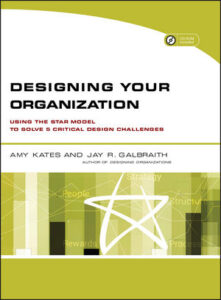
Kates, A., Galbraith, J. R. (2007), Designing Your Organization: Using the STAR Model to Solve 5 Critical Design Challenges. San Francisco: Jossey-Bass
Designing Your Organization is a hands-on guide that provides managers with a set of practical tools to use when making organization design decisions.
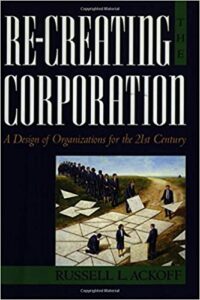
Ackoff, R. L. (1999), Re-Creating the Corporation: A Design of Organizations for the 21st Century. New York: Oxford University Press
Author lay out in clear concise prose five essential organizational goals: plan effectively, learn and adapt rapidly, democratize, introduce internal market economies, and employ a flexible structure that will minimize the need for future restructuring.

Nadler, D. A., Tushman, M. L., Nadler, M. B. (1997), Competing by Design: The Power of Organizational Architecture. New York: Oxford University Press
Authors show that the last remaining source of truly sustainable competitive advantage lies in ‘organizational capabilities’: the unique ways each organization structures its work and motivates its people to achieve clearly articulated strategic objectives.
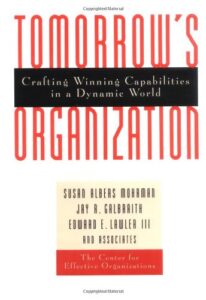
Mohrman, S. Cohen, S. G., Mohrman Jr., A. (1995), Designing Team-Based Organizations: New Forms for Knowledge Work. San Francisco: Jossey-Bass

Hupp, T., Polak, C., Westgaard, C. (1995), Designing Work Groups, Jobs and Work Flow. San Francisco: Jossey-Bass
In the book is presented an integrated approach to using the most powerful reengineering tools to design single work units that are productive, responsive, and build participant ownership and commitment.
Galbraith, J. R. (1994), Competing with Flexible Lateral Organizations. Reading: Addison-Wesley
This book focuses on creating competitive advantage by building a lateral capability, enabling a firm to respond flexibly in an uncertain world.

Mintzberg, H. (1992), Structure in Fives: Designing Effective Organizations. Englewood Cliffs: Prentice Hall
The core theme of the book is that any organization is defined by the interaction of two key parameters: the division of labor and the means by which that division of labor is coordinated.

Shepard, K., Gray, J. L., Hunt, J. G. (2007), Organization Design, Levels of Work and Capability: Executive Guide. Toronto: Global Organization Design Society
This executive guide is written specifically for CEOs, their C-Level Team and General Managers who want to create highly productive, accountable organizations within which employees thrive in roles that suit their capability.

Didn't see your favorite?
Practitioner Techniques (6 Books)
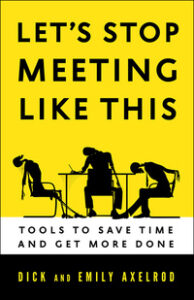
Let’s Stop Meeting Like This: Tools to Save Time and Get More Done Paperback – Aug 4 2014
Ugh—meetings. They’re where productivity goes to die, right? There has to be a better way. According to leading consultants Dick and Emily Axelrod, there is.

The Surprising Power of Liberating Structures: Simple Rules to Unleash a Culture of Innovation (Black and White Version) Paperback – Oct 28 2014
Smart leaders know that they would greatly increase productivity and innovation if only they could get everyone fully engaged. So do professors, facilitators and all changemakers. The challenge is how.

The Handbook of Large Group Methods: Creating Systemic Change in Organizations and Communities Hardcover – Jun 16 2006
The Handbook of Large Group Methods takes the next step in demonstrating through a series of cases how Large Group Methods are currently being used to address twenty-first-century challenges in organizations and communities today…
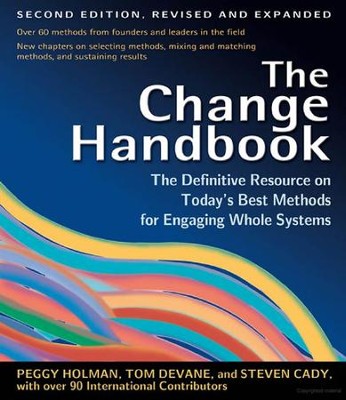
The Change Handbook: The Definitive Resource on Today’s Best Methods for Engaging Whole Systems Paperback – Jan 1 2007
The Change Handbook is the only book that presents a wide variety of change methods from around the world-updated with the latest change methods, including cutting-edge technologies.
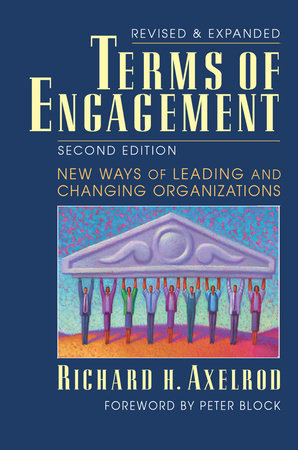
Terms Of Engagement – Second Edition, Richard Axelrod
Building engagement is crucial for every organization. But the traditional top-down coercive change management paradigm—in which leaders “light a fire” under employees—actually discourages engagement.

You Don’t Have To Do It Alone – Richard Axelrod, Emily Axelrod, Julie Beedon, Jay Jacobs
Most people in organizations tend to manage projects either as realists or humanists. You Don’t Have to Do It Alone brings together the practical view of the realist and the people-oriented view of the humanist, combining the best of both approaches into one role: the “Pragmatic Involver.”


